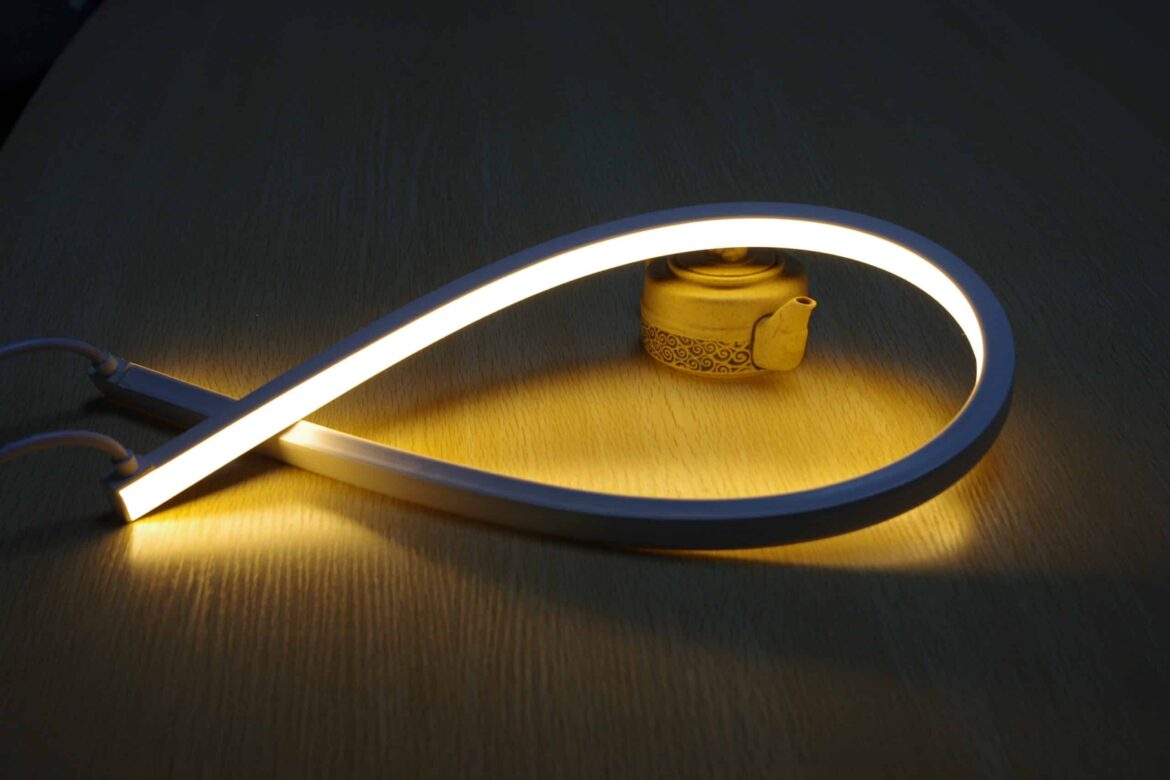1.4K
The power consumption of a neon tube is especially interesting if you are thinking of replacing your old neon tubes with new LED tubes. Because in general, LEDs are very economical.
The neon tube: Usual power consumption
As nowadays all kinds of illuminants are being replaced by economical LED lamps, the question arises whether this also makes sense for neon tubes. The power consumption of neon tubes depends primarily on their length.
- For example, a neon tube with a length of 60 centimetres requires 18 watts of power. The power consumption scales linearly with the length of the fluorescent tube. This means that a neon tube with a length of 120 centimetres requires 36 watts of power.
- If we now assume a daily burning time of 3 hours and a neon tube with a length of 60 centimetres, this alone requires an energy of 54 watt hours per day.
- If you extrapolate this to the whole year, we are talking about an annual energy of 19.71 kilowatt hours (kWh). At an electricity price of 37.3 cents/kWh (as of July 2022), this corresponds to a cost of 7.35 euros per year. You pay approx. 0.67 cents per hour.
- Due to the principle of the fluorescent tube, the power consumption during the starting process is on average 20 times higher than during operation. Accordingly, if you were to switch on the fluorescent tube for less than 20 seconds, it would not be worth it.
LED tube vs. neon tube
LED tubes offer an alternative to the older neon tube and many advantages as well.
- The biggest advantage is that the power consumption of an LED tube is significantly lower than that of fluorescent tubes of the same size. While the neon tube mentioned above has an output of 18 watts, the LED tube has an output of only 7 watts with the same luminosity.
- This is a saving of just over 60%. In addition, LEDs do not require a ballast, which is needed to start conventional fluorescent tubes. This means you save 10 to 20% more. So the purchase of these lamps pays off very quickly.
- In addition, LEDs are much less of a strain on the eyes, as neon tubes tend to flicker slightly. This has a bad effect on concentration in the long run and can cause headaches.

